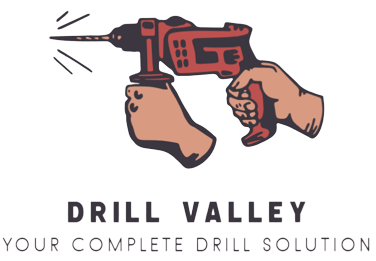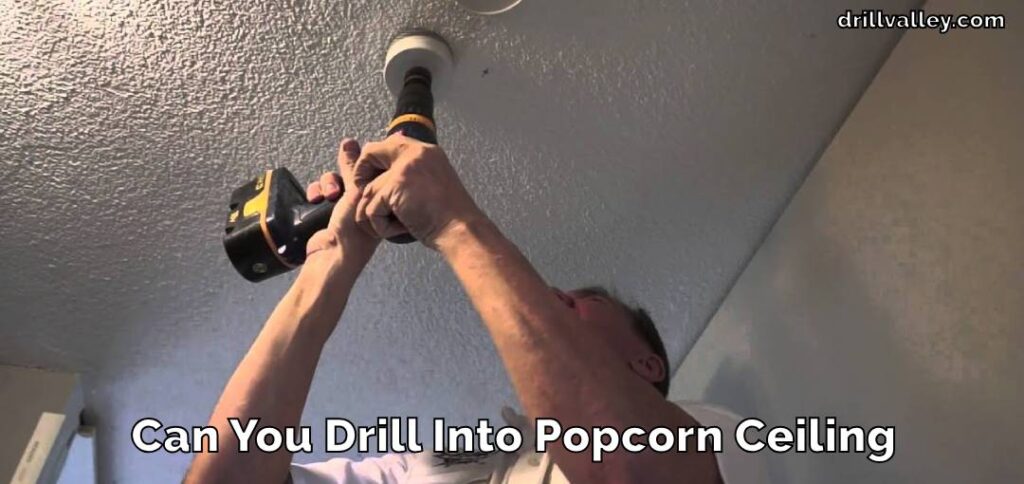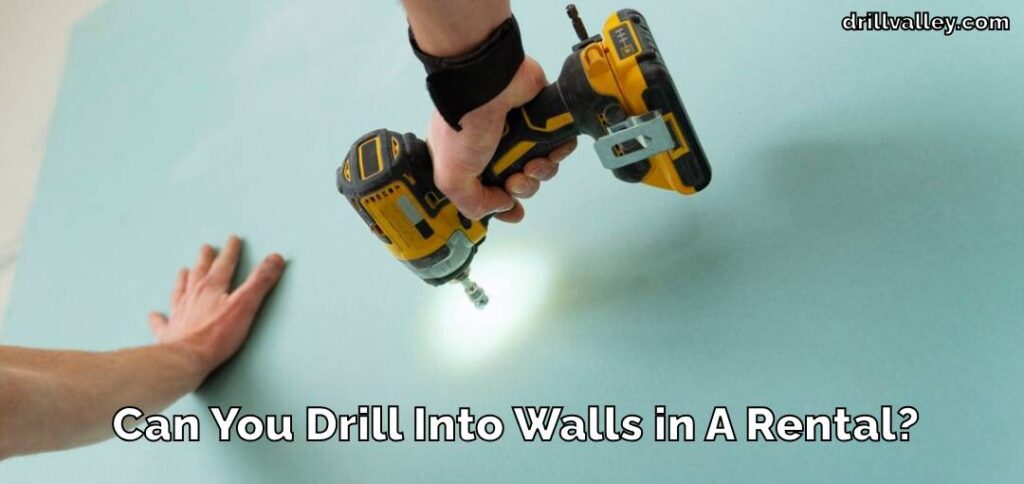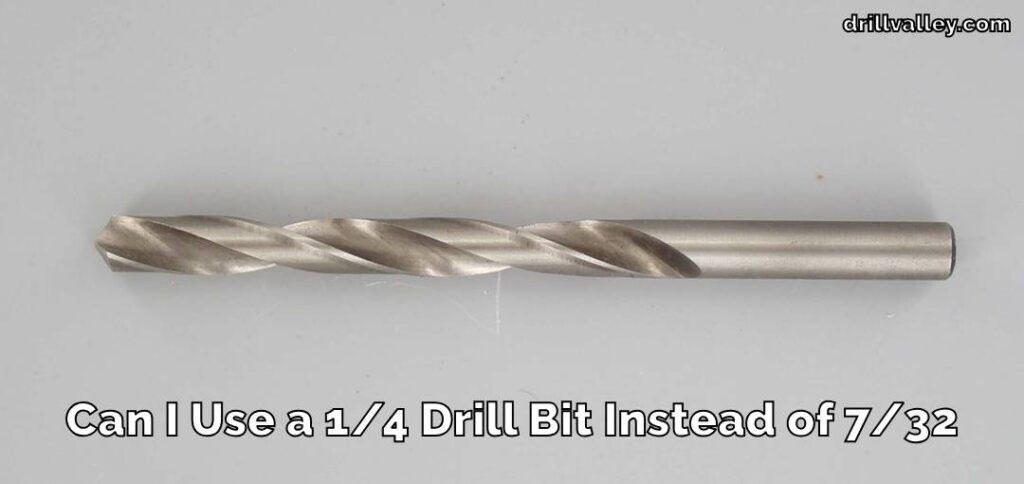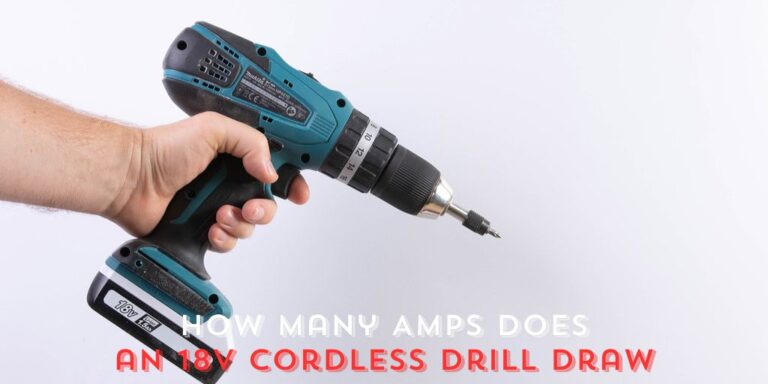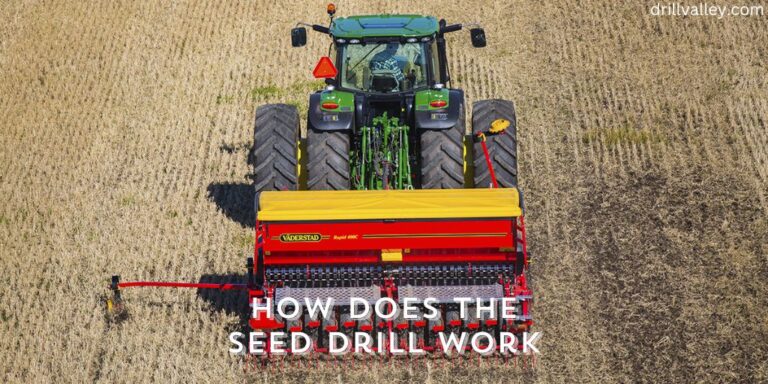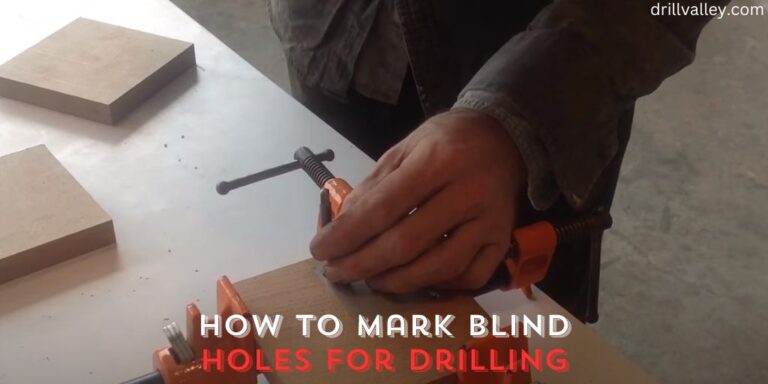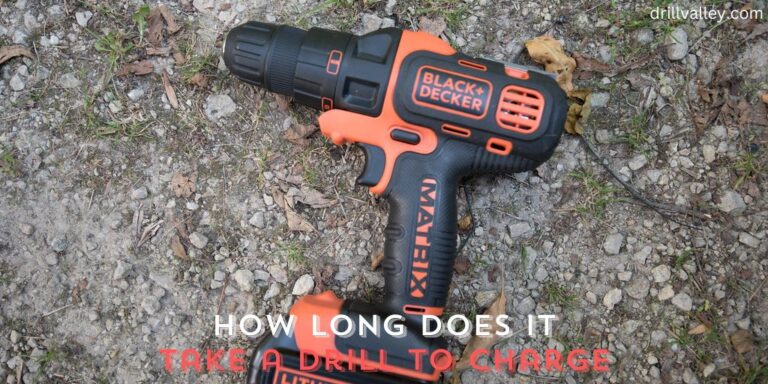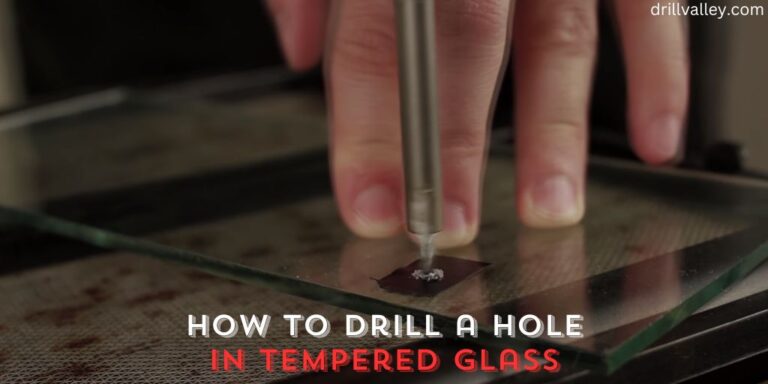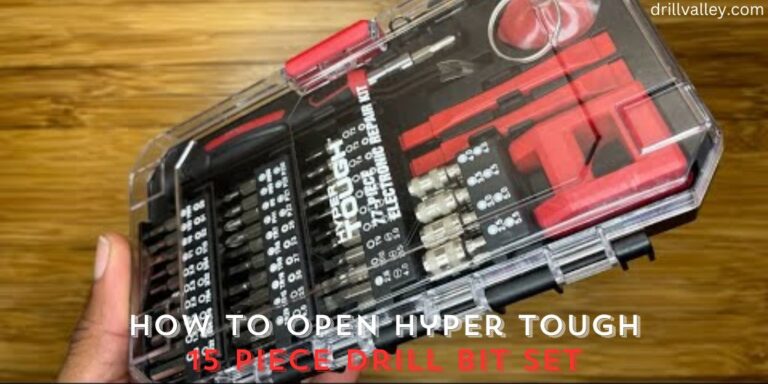How to Drill Through Metal Studs
Drilling through metal studs is a skill that comes in handy for both DIY enthusiasts and professional builders. Metal studs are a popular choice in modern construction for their durability and longevity. But working with them requires a bit of know-how and the right tools.
In this guide, we’re going to show you step-by-step how to drill through metal studs effectively. This technique is crucial for a variety of projects, from home renovations to bigger construction jobs.
Learning how to properly drill through metal studs means you can ensure your work is precise, keeping the structure strong and intact. We’ll also give you tips on choosing the right tools and techniques to make the job easier and safer, even if you’re just starting.
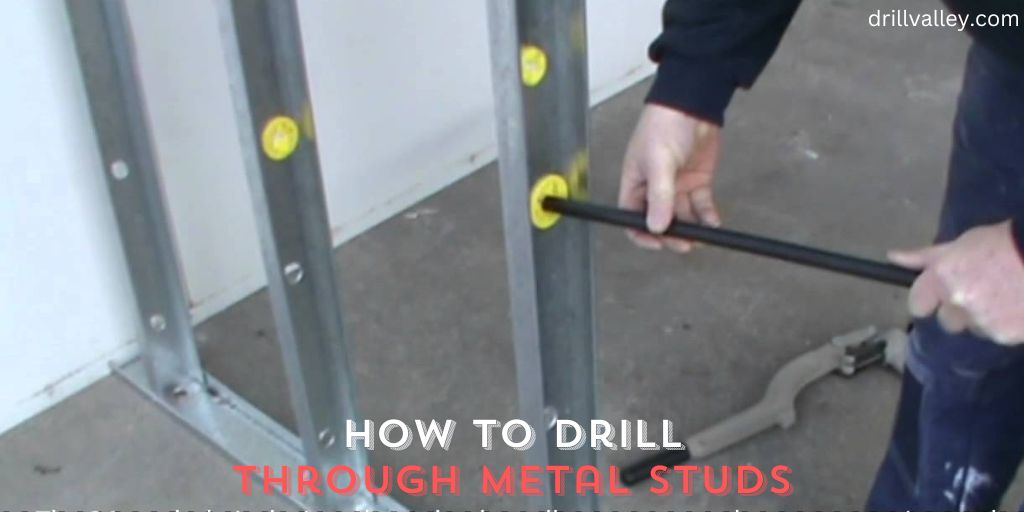
Our goal is to give you clear, easy-to-follow instructions that will boost your confidence in handling metal stud drilling. This will not only improve the quality of your projects but also ensure you’re working safely. Let’s get started on mastering this valuable skill.
Why You Need to Drill Through Metal Studs
Drilling through metal studs is a necessary skill for a variety of tasks in both home improvement and professional construction. These studs, made of metal, offer a sturdy framework for buildings but pose certain challenges when compared to traditional wooden studs.
Key activities like setting up electrical systems, fitting plumbing pipes, or even hanging items like shelves and artwork require drilling through these metal studs. It’s crucial to learn the right way to drill through them to keep the building’s structure strong and stable.
This knowledge is not just about making holes in metal it’s about doing it in a way that doesn’t weaken the studs or the structure they support. Moreover, when installing anything onto these studs, it’s important to ensure a tight and secure attachment.
This avoids issues like loose fittings or damage to the items you’re installing. Additionally, understanding this process can save time and reduce the risk of costly mistakes.
Whether you’re a DIY enthusiast tackling a home project or a professional in the building trade, mastering the technique of drilling through metal studs is invaluable. It ensures your work is not only effective but also safe, both during the installation and in the long-term stability of the structures you’re working on.
Tools Needed for Drilling Through Metal Studs
When you’re preparing to drill through metal studs, having the right tools is key to a successful and safe project. The essential tools you’ll need are:
- A power drill: This is the main tool for the job. It provides the necessary power and precision to drill through tough metal.
- High-speed steel or cobalt drill bits: These bits are specially designed to cut through metal smoothly and efficiently.
- Center punch: This tool helps you mark the exact spot where you need to drill, ensuring accuracy in your work.
- Tape measure: A must-have for precise measurements, ensuring that your drilling points are exactly where they need to be.
- Safety goggles: Safety always comes first. These goggles protect your eyes from any metal shavings or debris that might fly up while drilling.
- Gloves: To protect your hands from sharp edges and provide a better grip on your tools.
Having these tools ready before you start your project will make the process of drilling through metal studs much easier and safer. Each tool has its specific role in aiding you to achieve precise and clean drilling results.
Remember, good preparation with the right tools is the first step toward a successful DIY or professional task.
How to Drill Through Metal Studs
Drilling through metal studs is a task that requires care, precision, and the right technique. Here’s a step-by-step guide to help you do it correctly and safely:
Preparation
Before you start, wear safety gear like gloves and goggles to protect yourself from any metal shavings or debris. Then, measure the spot where you need to drill. Accuracy in measuring ensures that your drilling is done in the right place, which is crucial for the project’s success.
Marking the Spot
Once you’ve measured and found the exact point for drilling, use a center punch to make a small dent at that spot. This dent is important because it prevents the drill bit from slipping or moving away from the desired point when you start drilling.
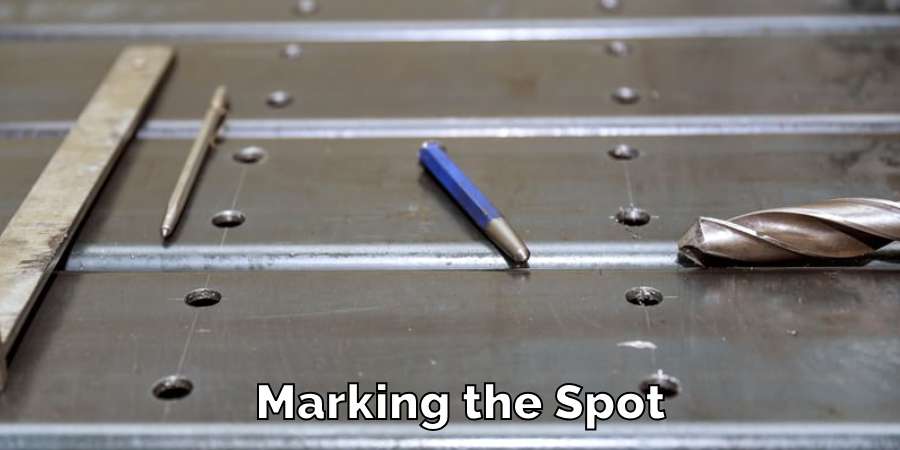
Selecting the Drill Bit
Choose the right drill bit for the job. High-speed steel or cobalt drill bits are the best choices for metal studs. They are strong enough to cut through the metal without getting damaged easily.
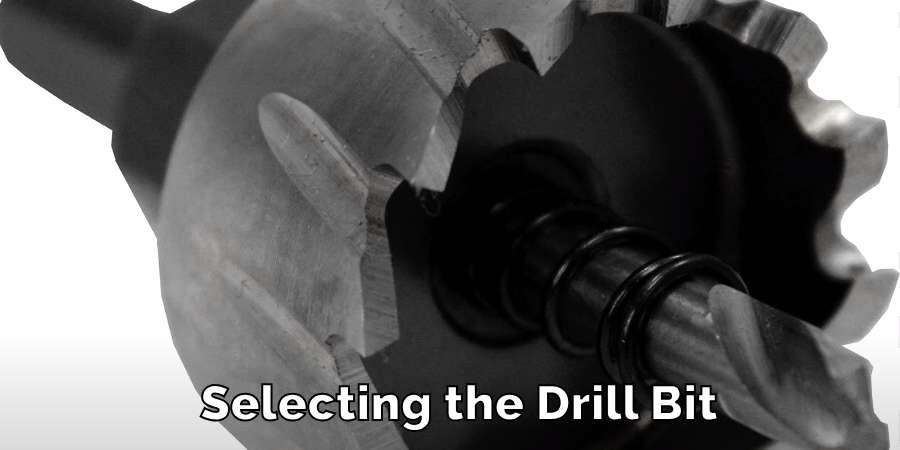
Setting Up the Drill
Securely fit the chosen drill bit into your power drill. Make sure it’s tight and properly in place to avoid any wobbling or slipping during the drilling process.
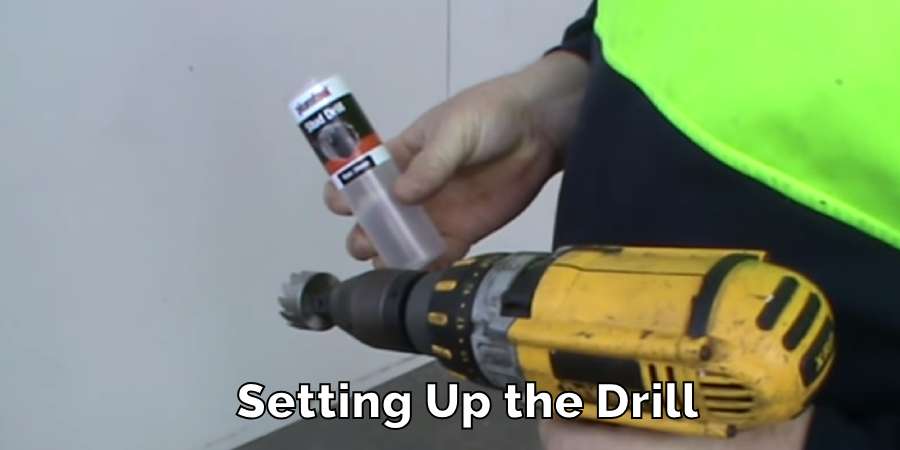
Starting to Drill
Begin drilling at a low speed. This control helps in making a precise start without damaging the metal stud or the drill bit. Apply steady, but not excessive, pressure while drilling.

Increasing Speed Gradually
As the bit starts to penetrate the metal, you can slowly increase the speed. A gradual increase is key because too much speed from the start can overheat the drill bit and even damage the metal stud.
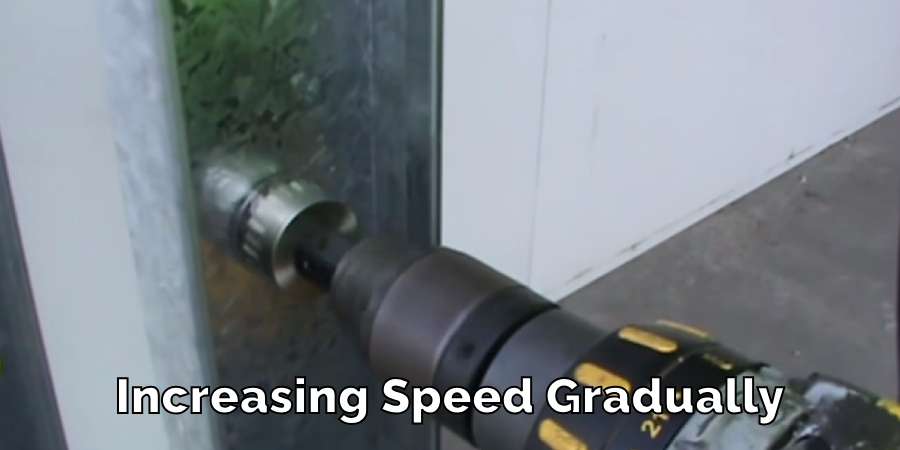
Taking Breaks to Remove Debris
Every so often, stop drilling and pull out the drill bit to remove any metal shavings or debris. This not only keeps the area clean but also prevents the drill bit from getting clogged, which can affect its efficiency.
Cooling the Drill Bit
If you feel the drill bit getting too hot, stop and give it time to cool down. Overheating can damage both the bit and the metal stud, so it’s important to take this precaution.
Finishing the Hole
Once you’ve drilled through the metal stud, there may be rough edges or burrs around the hole. Use a file or a deburring tool to smooth these out. This step is important for a clean finish and to prevent any sharp edges from causing injuries or damaging wires or other materials that might pass through the hole.
Final Checks
After you’re done, check the hole to make sure it’s the right size and that there are no rough edges. If everything looks good, you can proceed with your project, whether it’s running wires, setting up plumbing, or hanging objects.
Following these steps will help you drill through metal studs effectively and safely. It’s a process that requires patience and attention to detail, but mastering it can be incredibly rewarding and useful in many construction and home improvement projects.
Precautions While Drilling Through Metal Studs
When drilling through metal studs, safety should be your top priority. Here are some crucial precautions to keep in mind:
- Wear Protective Gear: Safety goggles are a must to protect your eyes from metal shards that can fly up while drilling. These shards are small but can cause serious eye injury. Also, wear sturdy gloves to safeguard your hands from sharp metal edges, which can easily cut skin.
- Check Drill Bit Condition: Before you start, inspect your drill bit. Make sure it’s not worn out or damaged. Using a drill bit in good condition reduces the risk of it breaking mid-use, which can be dangerous.
- Be Aware of Hidden Hazards: Behind the metal studs, there could be electrical wiring, plumbing pipes, or other utilities. Accidentally drilling into these can lead to serious accidents, like electrical shocks or water damage. If possible, use a stud finder with wiring and pipe detection capabilities to locate any hidden hazards before drilling.
- Maintain a Firm Grip on the Drill: Hold the drill firmly to control it. A slipping drill can not only ruin your work but also pose a safety risk.
- Don’t Rush the Process: Drilling through metal requires patience. Rushing can lead to mistakes, overheating the drill bit, or even causing injury. Take your time to ensure accuracy and safety.
- Keep Your Work Area Clean: Metal shavings and debris can accumulate while drilling. Periodically stop to clean these away. They can be sharp and pose a risk if left scattered around your workspace.
- Stay Focused: Avoid distractions while drilling. Paying full attention to the task at hand is important for both the quality of your work and your personal safety.
- Use the Right Speed and Pressure: Applying too much pressure or using a high speed right from the start can damage both the drill bit and the metal stud. Start slowly and increase speed gradually.
- Ensure Good Lighting: Good visibility is crucial. Make sure your work area is well-lit so you can see what you’re doing clearly.
- Cool Down the Drill Bit: If the bit gets too hot, stop and let it cool down. Drilling with an overheated bit can lead to accidents and poor results.
Following these precautions will help you drill through metal studs safely and effectively. Remember, taking the time to drill safely not only protects you but also ensures the quality of your work.
FAQ’s
What Setting Do You Drill Metal Studs?
When drilling into metal studs, it’s important to use the right RPM (Revolutions Per Minute) setting on your power drill. Opt for a lower RPM setting. This slower speed provides better control over the drilling process. It also reduces the risk of overheating the drill bit.
Metal is tougher to drill through than wood, so the lower RPM setting helps prevent excessive heat buildup, which can damage both the bit and the metal stud.
How Do You Hang Heavy Objects on Metal Studs?
Hanging heavy objects on metal studs requires the use of specialized anchors or toggle bolts designed for use with metal. These anchors or bolts are specifically engineered to provide a secure grip on metal studs.
When choosing an anchor or toggle bolt, make sure it is rated for the weight of the object you intend to hang. Exceeding the weight limit of the anchor can result in failure and potential damage to the wall and the object you’re hanging. Always follow the manufacturer’s recommendations for installation.
What Screws to Use for Metal Studs?
When attaching items to metal studs, it’s crucial to use the right type of screws. Fine-threaded drywall screws are the ideal choice for this purpose. These screws are specifically designed to grip tightly into the metal and provide a secure hold.
Their fine threads bite into the metal stud effectively, ensuring a stable attachment. Avoid using regular wood screws, as they may not provide the same level of grip and security when used with metal studs.
What’s the Best Drill Bit for Metal?
When it comes to drilling into metal, the best choice is high-speed steel (HSS) bits. These bits are versatile and work well for most types of metals. They are strong and durable, making them suitable for a wide range of metal-drilling tasks.
However, if you’re dealing with harder metals like stainless steel or titanium, it’s a good idea to use cobalt or titanium-coated bits. These specialized bits are even more robust and can handle the toughness of such metals, ensuring efficient drilling.
Do I Need Special Drill Bits for Metal Studs?
Yes, it’s important to use drill bits that are specifically designed for drilling into metal studs. These special bits, such as HSS or cobalt bits, are engineered to be strong and sturdy enough to penetrate metal without breaking or becoming damaged.
Using the right type of drill bit ensures that you can drill through metal studs effectively and without issues. Regular wood or general-purpose drill bits may not be up to the task and could result in difficulties or damage during drilling.
Conclusion
Mastering the skill of drilling through metal studs can significantly improve the quality and safety of your DIY or professional projects. Equipped with the right tools, techniques, and safety precautions, you can tackle this task with confidence.
It’s crucial to select the correct drill bits and screws for the job, ensuring a secure and precise outcome. Approach the process with patience and attention to detail, as rushing can lead to mistakes.
This guide has been designed to provide you with the essential knowledge and skills to successfully and effectively drill through metal studs.
By following the steps and recommendations outlined here, you can enhance your construction and home improvement projects, ensuring they are carried out with accuracy and safety in mind. This article has explored how to drill through metal studs.
Can You Use Impact Driver Bits in A Drill
Knowing whether you can swap impact driver bits into a regular drill matters more than…
Can You Drill Into Popcorn Ceiling
Wondering Can You Drill Into Popcorn Ceiling for your next home improvement project? Popcorn ceilings,…
Can You Drill Into Walls in A Rental?
Renting an apartment brings the challenge of personalizing your space within the confines of rules…
Can I Use a 1/4 Drill Bit Instead of 7/32
When you’re elbows deep in a project and suddenly realize the 7/32 drill bit you…
Can You Drill Concrete Without A Hammer Drill
Drilling into concrete requires both precision and the right tools, notably a hammer drill and…
Can You Use Different Brand Drill Bits?
The right drill bit size is crucial for any project, big or small. It’s the…
